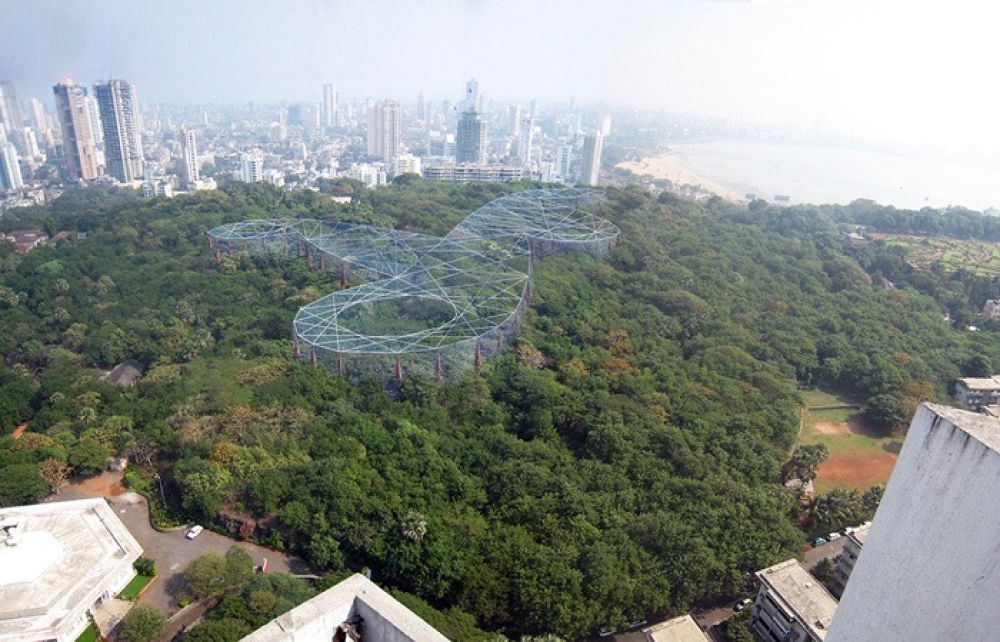

The Towers of Silence, also known as Dakhmeh, are ancient structures found in Yazd, a city in central Iran known for its distinctive adobe architecture, wind towers, and historical significance within Zoroastrianism. The history of these towers in Yazd is deeply intertwined with the practice of Zoroastrianism, once the dominant religion of Persia before the advent of Islam.
Zoroastrianism places great importance on the purity of the earth, fire, and water. To avoid contaminating these elements, deceased bodies were not buried or cremated, but instead placed atop the Towers of Silence, where they were exposed to the sun and birds of prey. Over time, the elements would consume the flesh, and the remaining bones would be collected and placed in ossuaries within the tower or in deep central wells.
The practice of using the Towers of Silence in Yazd for this excarnation process ceased in the 1960s due to new legal and social norms, though the structures have been preserved. Since then, the Towers of Silence have become a magnetic point of interest for tourists seeking to understand the rich tapestry of Iranian history and the legacy of its pre-Islamic religion.
Tourism at the Towers of Silence began to flourish when global travelers started to seek out more unconventional and culturally immersive experiences. The site taps into the desire of tourists to explore ancient religious rituals and offers a rare glimpse into Zoroastrian end-of-life traditions.
Today, the latest tourism trends around the Towers of Silence involve comprehensive cultural tours that connect visitors with multiple aspects of Yazdi heritage. Tour operators now commonly include these sites in broader itineraries featuring the Old City of Yazd, its bazaars, mosques, and other historical structures such as the wind-catchers of the city, which have been recognized by UNESCO.
Eco-tourism and sustainable travel are significant drivers of the latest tourism trends in the region. There is an increased focus on preserving the sites and educating tourists on local conservation efforts. This has resulted in stricter visitor guidelines to ensure minimal impact on the environment, reflecting a broader shift towards responsible and sustainable tourism practices.
In addition, with the rise of social media, the visual spectacle of the Towers of Silence has captured the attention of photographers and influencers, which has further expanded the reach and appeal of Yazd as a tourist destination. This has promoted greater global recognition and interest, positioning Yazd, and its Towers of Silence, as a must-visit location for those interested in the depth and diversity of Iran's cultural heritage.
The promotion of cultural and heritage tourism has been a key factor in the resurgence of interest in Yazd, and the towers, as iconic elements of the city's skyline, play a crucial role in this ongoing narrative.
The Towers of Silence in Yazd stand today not only as historical relics but as poignant reminders of Iran's multi-layered past. They symbolize a complex intermingling of theology, culture, and environmental consciousness that continues to fascinate and draw visitors from around the world. With each tour and visit, the story of these silent sentinels of the desert is kept alive and shared with a new generation of global citizens.